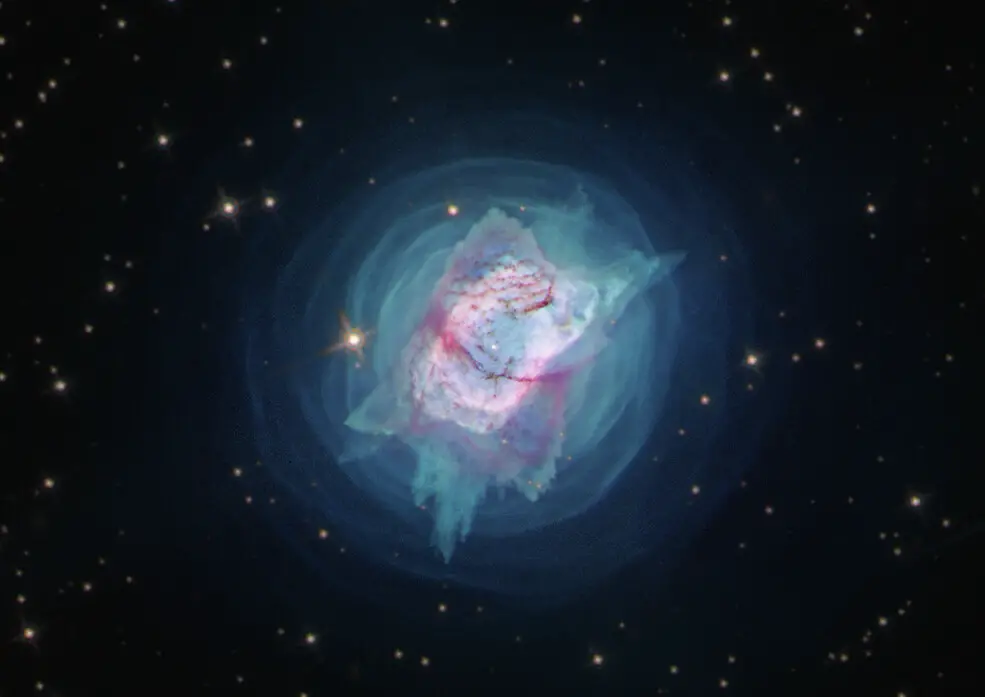From many studies, we have known that stars produce large amount of energy. For thousands of years, where does this energy comes from that allows them to shine so bright? All stars produce energy from the process called “Nuclear Fusion”.
Nuclear fusion is the process by which two light atomic nuclei combine to form a single heavier one while releasing massive amounts of energy. Stars are mostly made up of hydrogen and helium which are densely packed together. In the star’s core or center, the presence of that much material in one area gives rise to the gravitational force and pressure which is great enough to squeeze two atoms into one creates a powerful burst of energy. Stars spend most of their lives repetitively compressing two hydrogen atoms into a single helium atom that create a lot of energy which released as light and heat.
Stars can squeeze various types of atomic fuel together, and it’s through this process that we get almost every element in the universe. The Big Bang only created hydrogen, helium, and a tiny bit of lithium however stars created everything else which mostly includes the atoms in our body.
Fusion reactions take place in a state of matter called plasma which is a hot, charged gas made of positive ions and free-moving electrons that has distinct properties. For instance, in our sun, nuclei need to collide with each other at very high temperatures, exceeding ten million degrees Celsius, to enable them to overcome their mutual electrical repulsion. Once this repulsion is overcome and in a very close range to each other, their attractive nuclear force will outweigh the electrical repulsion which allow them to fuse. To make sure this possible, the nuclei must be confined within a small space to increase the chances of collision. In the sun, the extreme pressure produced by its immense gravity create the conditions for fusion to happen.
The nuclear fusion produces large amount of energy that keeps the star’s gravity from collapsing entirely. The lifespan of star is balanced between the inward press of gravity and outward push of energy from the fusion. So, if it runs out of fuel and balancing act ends, the star will die.
Nuclear Fusion is often cited as a viable solution for our future energy needs, but how can we make it work? The answer may lie in so-called magnetic mirror confinement devices, which—despite their ominous name—may be humanity’s best hope for creating an economically and environmentally viable form of nuclear fusion.
![]()
